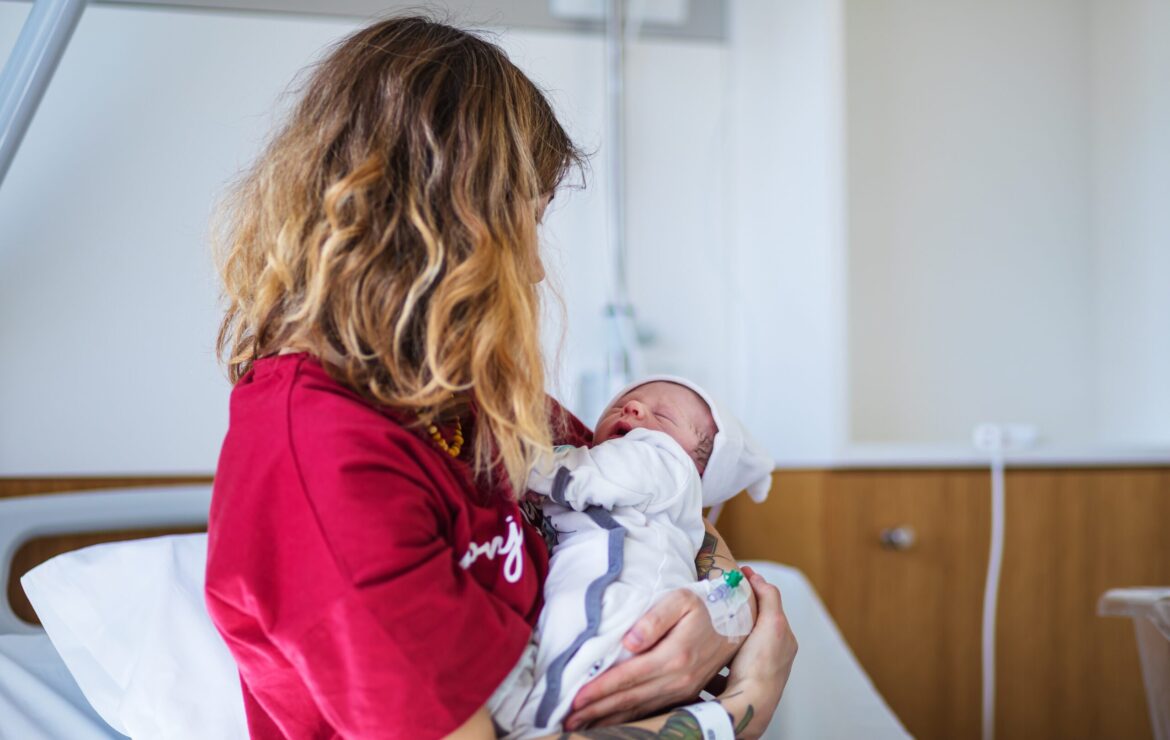What Activities Should I Avoid After Giving Birth?

After giving birth, you’ll need to take precautions to protect yourself from germs. Ask your visitors to wash their hands before coming in contact with you or your baby. You’ll also need to monitor your overall health and identify red flags early. You should ensure that your post-birth pain is not controlled by medication and that you aren’t bleeding excessively.
Exercise
One of the best exercises to begin after giving birth is walking. You can push a stroller and slowly increase your walking time to at least five minutes per week. Walking is gentle on the body and can help you recover from childbirth. The most effective way to begin your exercise program is to start with very gentle exercises and gradually build up to more vigorous ones. It is also important to remember to contract the pelvic floor during your exercise routine.
Every woman is different and the exact time it takes to start exercising after giving birth will vary. It will depend on your level of fitness before you gave birth, your delivery method, how much sleep you got during your pregnancy, and your emotional reaction to your birth. Some women may take several days to process giving birth. They may feel angry or depressed. This emotional state can prevent women from taking the steps they need to recover from childbirth.
Most women want to get back in shape after giving birth. Most women want to lose weight and get in shape again after nine months of no exercise and rest. But if you do not follow proper guidelines, you can end up doing more harm than good. Without the proper guidelines, you could end up with painful pelvic floor muscle imbalances, abdominal separation, and incontinence.
Exercises that cause a gap
Many women postpartum suffer from diastasisrecti, which is a separation of the abdominal muscle muscles. Symptoms of this condition include back pain and abdominal weakness. While it typically heals on its own, targeted exercises can help close the gap quicker and prevent it from reoccurring. A physical therapist can help women learn how to safely perform exercises to reduce the gap.
To close this gap, exercises should be focused on strengthening the deep abdominal muscles. There are many factors that influence the timing of starting an exercise program after giving birth, such as the type of pregnancy and delivery. Before starting any exercise program, women should consult their doctor if they have experienced complications.
A woman’s abdominal muscles should be carefully monitored after delivery to prevent a gap from forming. To check the muscles and ensure that the gap isn’t too large, a doctor will use calipers. If the gap is larger than a finger’s width, they should seek medical attention.
Although diastasisrecti can close naturally, many women will require more time before the muscle separation heals. High-impact exercises should be avoided until six weeks after delivery. The recovery time may be longer if the woman underwent a Cesarean section. Exercises designed for the pelvic floor might not be appropriate for women who have severe diastasis recti.
Exercises that cause stress-incontinence
Although some women experience urinary problems after giving birth, this is not a common problem. Depending on the cause, it can be temporary or persistent. Some women experience it for the first year or so after giving birth and the problem will clear up as the body heals and breastfeeding stops. It can cause severe emotional and physical distress for some women.
While some exercises can help relieve stress incontinence, others may not be as helpful. Some women are embarrassed to discuss their condition with others. It’s best to seek medical advice. The health care professionals are trained in discussing this issue and can suggest exercises to reduce leakage. They can help you get the right advice for your unique situation.
Stress incontinence is a problem that happens when your bladder muscles don’t function properly. When these muscles weaken, they put pressure on the bladder and urethra, causing leakage. Sometimes this leakage happens when you cough or sneeze, but sometimes it happens before you can go to the toilet.
Kegel exercises, which are pelvic floor muscle exercises, can be used to prevent urinary leakage. Kegel exercises work the pelvic floor muscles by making them stronger. You must empty your bladder first, then relax your pelvic floor muscles. The exercise should be repeated three times daily.
Walking
Whether you should exercise after giving birth depends on your delivery method and the type of pain medication you receive. While most women can start walking immediately after giving birth, others need to wait at least one day. Walking is the best exercise for women who are recovering from childbirth and does not require any special equipment.
If you are going to be doing light exercise after giving birth, you should wait longer to go to the gym, and you should avoid strenuous exercise for a few days. You should avoid strenuous walking and pain. You should also discuss this with your OB so that you know exactly what is safe for you.
Exercising too soon following a birth
Experts recommend waiting at least six weeks after the birth to resume exercising. Others say that you can start exercising as soon as the day after delivery. This is based on your experience and it is important to take it slow. Some women can walk within minutes of delivery, while others may take longer to recover.
During your pregnancy, your body had the opportunity to develop more flexibility, which is a good thing. This also means that ligaments and joints are more susceptible to injury. Exercising too often in the first few weeks after birth can slow down the healing of your incisions. Anemia can also affect a woman’s ability to function properly.
While women who have not had stitches can exercise as soon as seven days after giving birth, you should avoid high-impact exercise until the six-week postnatal checkup. Also, make sure that you drink a lot of water. Talk to your doctor immediately if you feel pain when exercising. Your doctor will diagnose the problem and refer you to physical therapy if necessary.
Although exercise can be difficult after giving birth, it’s important for new mothers to ensure that they eat a healthy diet and get enough sleep. A healthy diet can improve your health and reduce your chances of developing depression after giving birth. Although you may not be able to return to your pre-pregnancy workout routine right away, you can build it up as time goes on.



